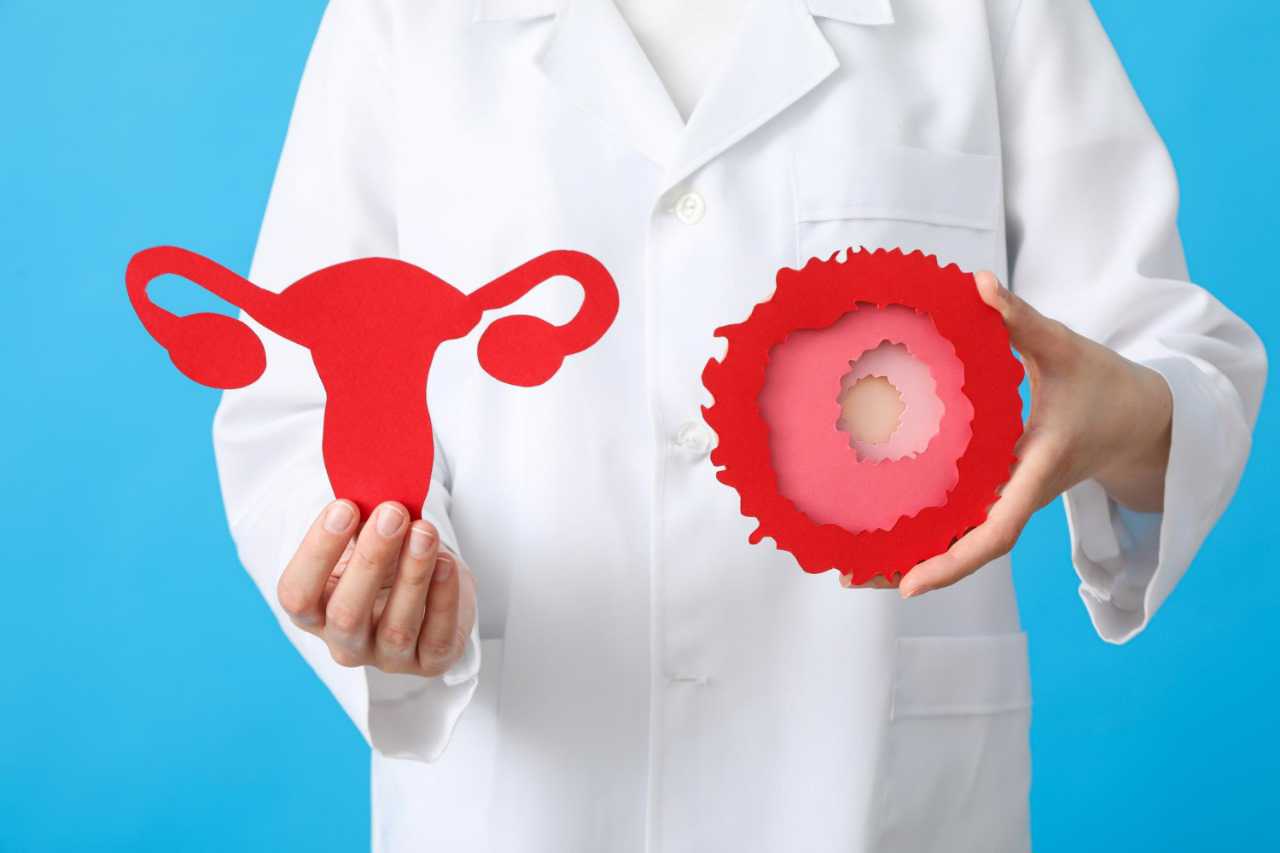
Understanding Fibroid Uterus and Its Impact on Fertility
Fibroid uterus is a common condition often encountered in women visiting gynecology clinics, particularly those dealing with infertility. Fibroids are non-cancerous growths that develop within the wall of the uterus. Their impact on fertility and treatment options depend on their size, location, and the symptoms they cause.
What Are Fibroids?
Fibroids are small, benign tumors that can vary in size and location within the uterus. They may grow:
1. Inside the uterine wall (intramural fibroids)
2. On the outer surface of the uterus (subserosal fibroids)
3. Within the uterine cavity (submucosal fibroids)
The location of fibroids plays a crucial role in determining their effect on fertility and the course of treatment.
Do Fibroids Affect IVF Success?
Having fibroids does not necessarily mean that you will face challenges with IVF. However, certain factors must be considered:
• Small Fibroids: Fibroids located outside the uterine cavity and not distorting its shape are unlikely to affect fertility or IVF outcomes. In such cases, IVF can proceed without any interventions.
• Large Fibroids: If a fibroid is large and located inside the uterine wall or protruding into the uterine cavity, it can interfere with embryo implantation. This is especially true if the fibroid distorts the shape of the uterine cavity, making surgical removal necessary.
When Is Surgery Recommended?
Surgery is advised in the following scenarios:
1. Significant Symptoms: Fibroids causing heavy menstrual bleeding, painful periods, or repeated IVF failures may require surgical intervention.
2. Cavity Distortion: Fibroids that push into the uterine cavity and distort its shape can hinder embryo implantation. In such cases, laparoscopic myomectomy—a minimally invasive surgical procedure—is often recommended.
Treatment Plan for Fibroids and IVF
1. Assessment: The first step is assessing the size, location, and impact of the fibroid on the uterine cavity using imaging techniques such as ultrasound or MRI.
2. Medications: For smaller fibroids or those close to the uterine cavity, medications may be prescribed to shrink the fibroids before embryo transfer.
3. Surgical Intervention: If surgery is required, a laparoscopic myomectomy is performed. This is a daycare procedure with a quick recovery time.
4. Timing: After surgery, a recovery period of 2-3 months is generally recommended before proceeding with embryo transfer to ensure optimal uterine healing.
Individualized Approach to Treatment
It is essential to understand that treatment plans for fibroids are highly individualized. Not all fibroids require surgery before IVF. Factors such as the fibroid’s size, location, and its impact on the uterine cavity must be carefully evaluated.
Conclusion
If you have been diagnosed with fibroids while planning for IVF, don’t worry. Work closely with your doctor to determine the best course of action. In many cases, fibroids can be managed effectively, ensuring a smooth IVF journey and increasing the chances of a successful pregnancy.

